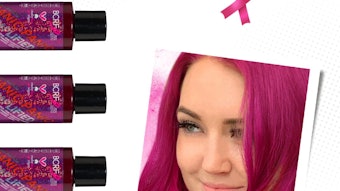A few years ago, GCI magazine attended a packaging conference in which a large brand owner opened up about one of the company’s packaging failures on the food side of its business. In making its packaging and marketing decisions regarding its peanut butter brand, the company made an assumption regarding consumer behavior. Jelly sold in squeezable containers was doing very well, and the brand and packaging managers for the peanut butter brand assumed that bringing peanut butter in a squeeze bottle to market was, therefore, a logical strategy. After all, what goes better together than peanut butter and jelly? If one is successful in a given format, the other should naturally follow.
The only problem was that consumers are not logical. They hated peanut butter in a squeeze tube, and the company had to kill the new format—while jelly in squeezable tubes is still a popular choice.
Also in the food aisles, SunChips’ 100% biodegradable bag was released in late 2009. According to its website, the brand produces 145,000 bags daily; 52 million bags each year. So, announced well before the launch, the bags had people interested in all things green abuzz in online chatter.
However, the positive vibe in the virtual world did not carry over once the bag was on the market. Backed by years of development and testing, the bags’ molecular structure, required to make them rigid, made the bags noisier than consumers would tolerate. On paper, if it was even considered, it would seem safe to assume consumers would think nothing of the noise of the bag when they could feel good about the purchase of a product that had a decreased impact on the environment.
Instead of a growing and solidifying consumer base, brand owner Frito-Lay garnered derision, a bit of a media hailstorm and a 10% drop in sales—forcing it to go back to the bag it previously used.
What’s it all boil down to? Even when making changes that, on the surface, can only be deemed positive and beneficial, doing so without significant consumer testing can be costly. And though the SunChips and the peanut butter, the products themselves, had not changed, the perception and enjoyment of a product can be heavily swayed by packaging choices.









